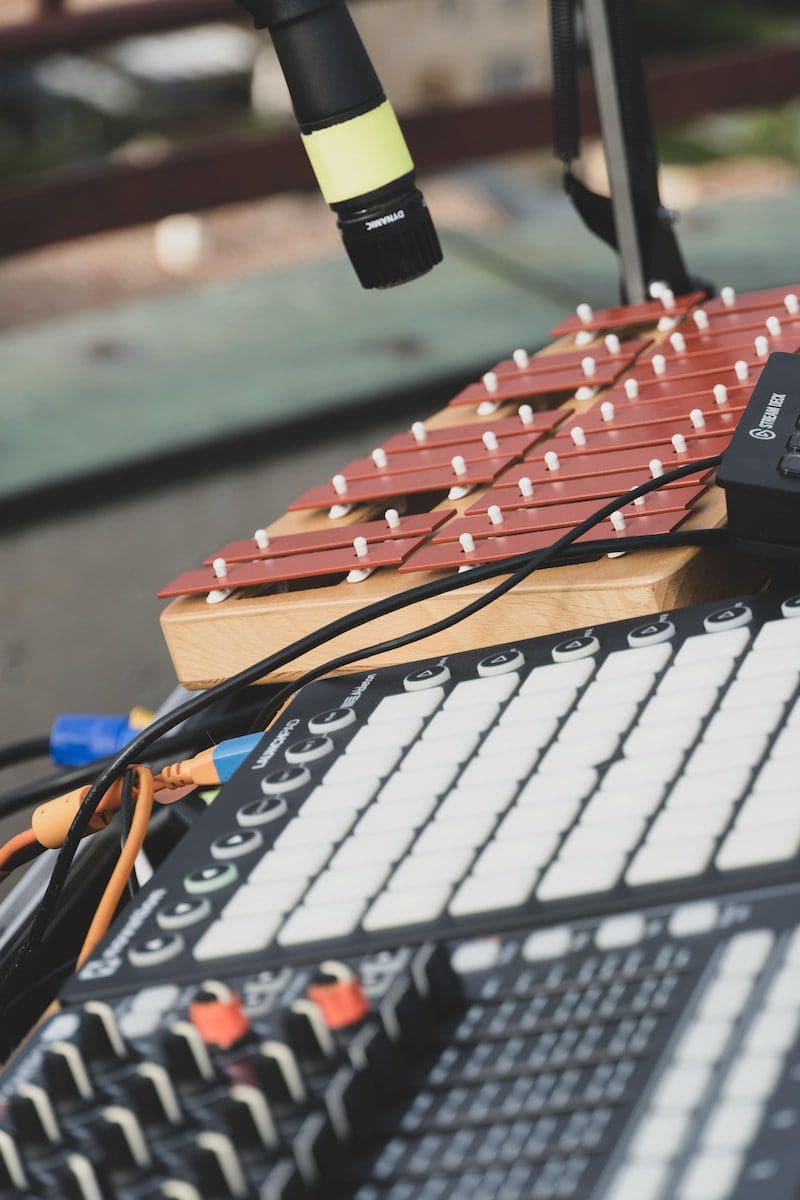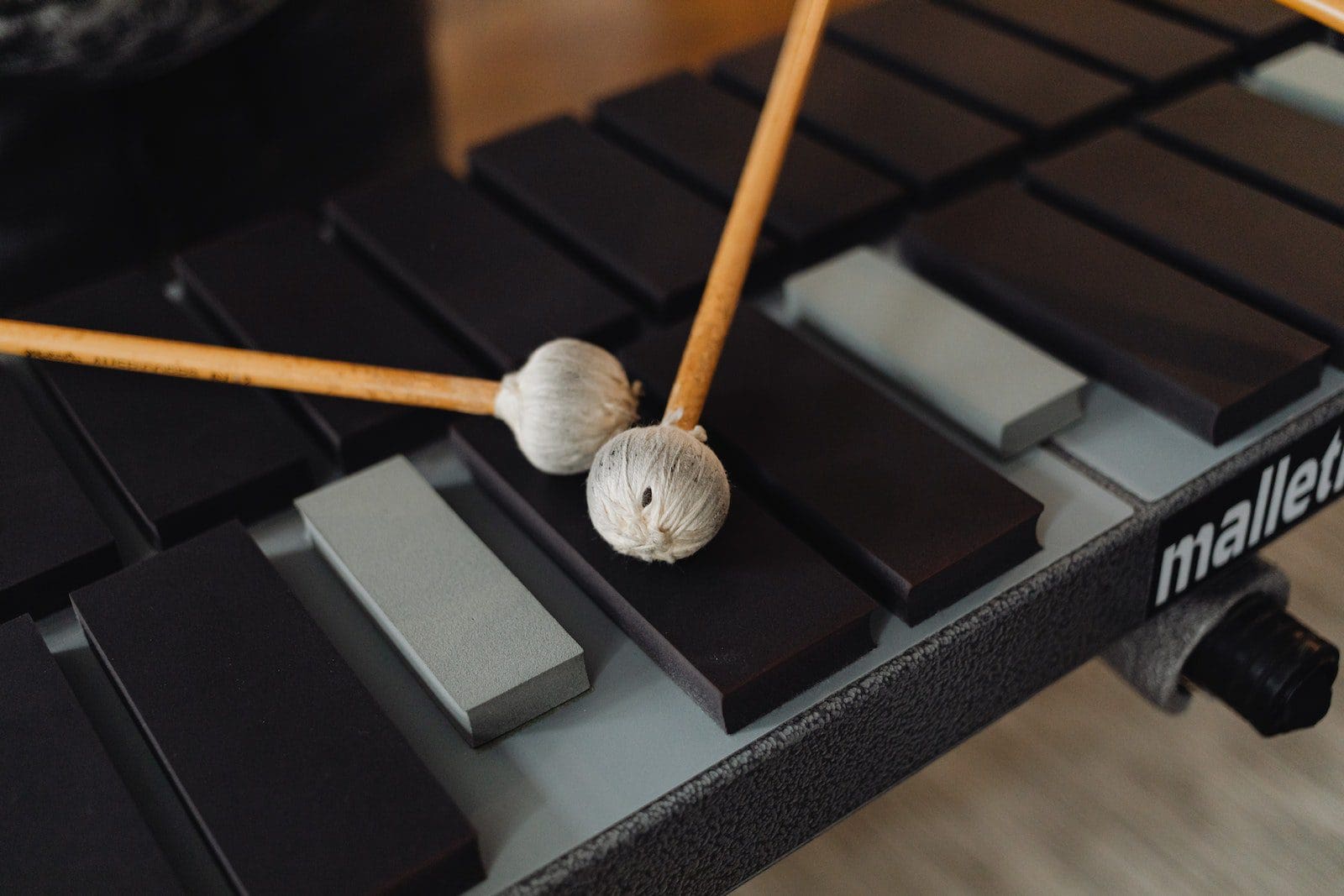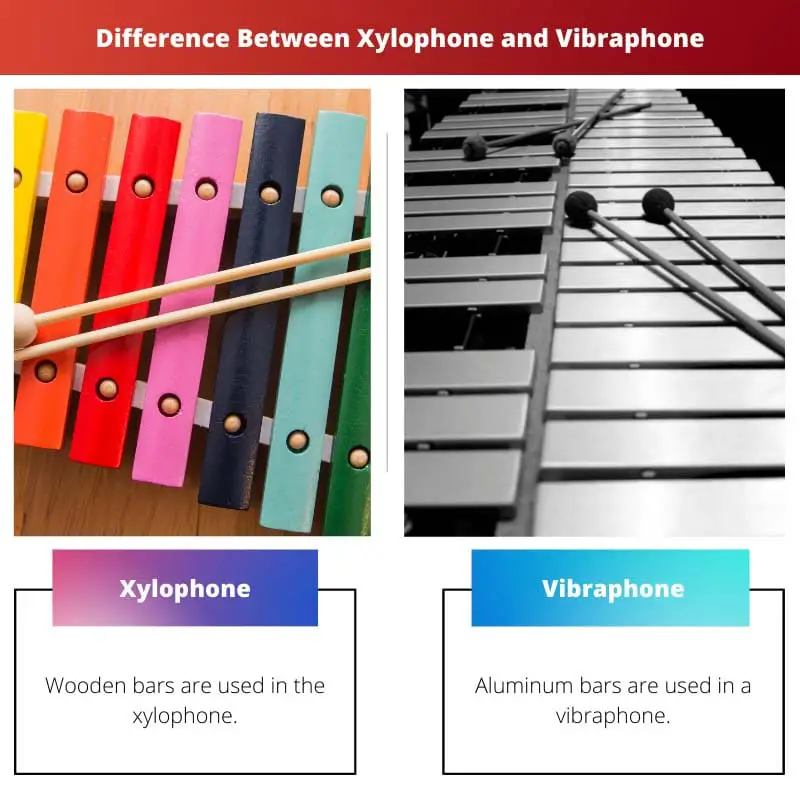Xylophone and vibraphone belong to the percussion mackerel tribe, considered one of the oldest family songs. These instruments contain soundbars essentially when a mail is hit.
These exquisite instruments now belong to many musical ensembles, including symphonies. The wooden bars in Xylophone can make music, while the aluminium bars in the vibraphone can.
Key Takeaways
- Xylophone and Vibraphone are percussion instruments that differ in the material used to produce sound.
- Xylophones are made of wood and produce a sharp and bright sound, while Vibraphones are made of metal and produce a more mellow and subtle sound.
- Xylophones have a simpler construction and produce a sound more focused on melody. In contrast, Vibraphones have a more complex structure and produce a sound focusing more on harmony and texture.
Xylophone vs Vibraphone
Xylophone is a musical tool which is used by musicians, it produces sound with its wooden bars anchored on a stand and felt. Small Wooden hammers are used to strike the bars to make music. A vibraphone is a percussion instrument like a xylophone or marimba, with metal bars producing a vibrato sound when struck and a pedal controlling the vibration.

The orchestra is coloured by xylophone, which possibly originated in Asia and Africa. It is constructed from wooden bars, fixed on a frame, tuned to various pitches by each bar, and struck by plastic, rubber, or wooden mailbox.
Vibraphone uses aluminium-metal bars, wherein any bar has a resonator tube and a butterfly valve at the top to achieve a vibrato effect.
Comparison Table
| Parameters of Comparison | Xylophone | Vibraphone |
|---|---|---|
| Types of bars used | Wooden bars are used in the xylophone. | Aluminium bars are used in a vibraphone. |
| Invented | It was invented in the 9th century. | It was a recent invention in 1921. |
| Sound Produced | It produces a damp sound. | It produces a crisp sound. |
| Type of music | It is jazz music. | It is western music. |
| Country of origin | Africa and Asia. | China |
What is Xylophone?
Xylophones are instruments for percussion with wooden bars which are hit with sound. The tone of the other instruments in this article is very relaxing since xylophones have no tubes underneath the bars.
The bars may be arranged in various sizes based on their place of production – they are normally manufactured in Asia and Africa in various scale systems than in the West.
It can be relatively inexpensive, maintenance-free, and very easy to play, giving the children ideal tools to teach them the fundamentals of music and play.
But in the orchestra, the word xylophone refers particularly to a chromatic instrument that is somewhat larger than the marimba, with a drier timbre and which should not be confused with these two instruments.

What is Vibraphone?
That is because there are rotational butterfly valves in certain pipes under the bars. When these valves are enabled, the notes placed on the tool produce a distinct vibrato, giving them the name.
This pedal thus places a wide felt bar up the bars, which makes for more resonant and longer sounds than normal when pressed.
You get a clearer, smoother sound with a less resonant sound if using tougher ones, such as metal or denser plastics, but you get a stronger but weaker tone, such as wood, softer plastic, and rubber.
One major distinction between a vibraphone and any keyboard percussion device is the suspension of each bar over a motor-driven butterfly valve on top of a resonator tube.

Main Differences Between Xylophone and Vibraphone
- Xylophone gives a crisp tone, while Vibraphone provides a mellower tone and combines a resonant effect with the backdrop.
- Vibraphone is a recent development, whereas the xylophone has a 9th-century tradition.




